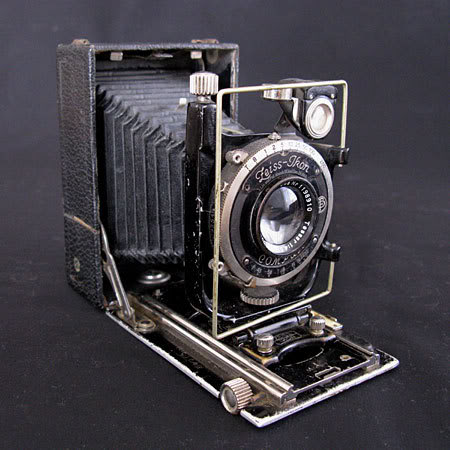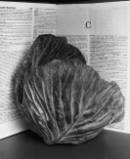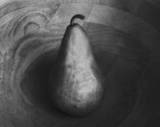vintage cameras index home


Below: images from the Maximar
The Maximar was not quite so nicely built and finished as it's Kodak competitor, but it did feature the same big Compur shutter with a 1/250 top speed. Like the Recomar, the Zeiss camera also had three viewing/composition options including a wire frame finder, a magnified reflex viewfinder with an attached bubble level, and a ground glass focusing back. The backs for the Maximar and Recomar are interchangable, so the same plate and film holders and rollfilm adapters can be used in both. Lens speed and focal length were an identical f4.5/105mm in the Kodak and Zeiss cameras, but the Recomar had a Kodak Anastigmat, while the Maximar A featured the superlative Carl Zeiss Jena Tessar.
Though it arrived with a lot of battle scars, my Maximar's crucial components including lens, shutter and bellows were all sound. The one worrisome aspect was a front panel that did not fully fold down; that meant that the lens standard was canted back and the lens axis was not parallel to the film plane. It seemed not unlikely that someone had tried to close up the camera without fully retracting the bellows, causing some misalignment. When I removed the lens/shutter assembly, I was able to move the bellows back to reveal the attachement of the struts to the camera body, and I could see that the anchoring posts were in an off-center mount. I got a firm grip on the post heads with some pliers and twisted the mount about 10 degrees so that posts were closer to the front of the camera. The bed dropped into position, making the proper right angle with the back. After a little lens cleaning and reassembly, the camera was ready for action.
With its double-extension bellows, multiple viewing systems and film or plate back options, the Maximar and its many relatives provided photographers of the 1920's and 1930's with very capable and versatile photogaphic systems in an extremely compact package. It is not hard to imagine why these cameras were sold in the tens of thousands. In addition to offering the convenience of a conventional folding camera or the utility of a press camera, the Maximar's ground glass focusing capability permitted high-precision focusing and framing for close-up work that produced a near 1:1 ratio of subject to image at the film plane. Fully realizing the potential of the little Maximar requires a level of skill and discipline that can be challenging, but also uncommonly rewarding for 21st Century photogaphers.






vintage cameras index home
 © mike connealy
© mike connealy